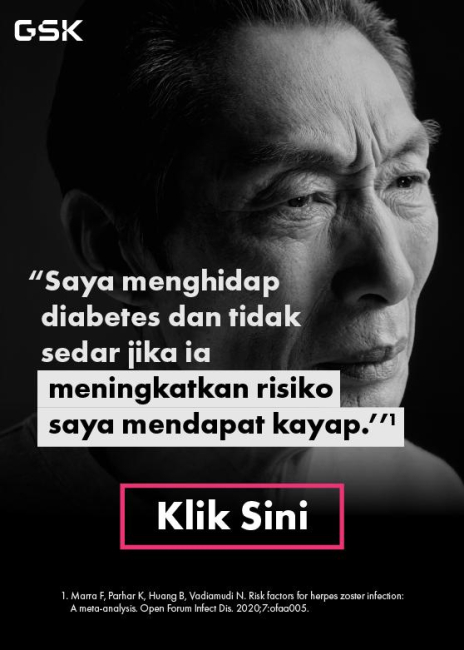Being able to engage with patients by relaying critical information using simple layman terms has long been the mainstay doctrine in a doctor-patient interaction. Such modification in communication attempts to instill proper comprehension regarding patient’s condition and subsequently, promote compliance and optimal management.

This is especially true for non-communicable diseases such as Hypertension and Diabetes Mellitus as these chronic conditions require patients to be motivated and compliant to treatments, to prevent the much dreaded sequelae of Cardiovascular complication such as heart failure or heart attack. Despite this, non-compliance is still an issue in managing conditions and factors that put a person at risk of cardiovascular diseases.
However, in 2018, a randomised control trial published in the journal Lancet, involving over 3500 people in Sweden found that by showing people ultrasound scan information to visualise their level of silent atherosclerosis, is associated with reduced cardiovascular risk one year later compared with simply telling people about their risk factors. The study was part of the Swedish cardiovascular disease (CVD) prevention programme and all participants of the study, at baseline, had no cardiovascular diseases but they all have one or more risk factors for it.
The participants were randomly allocated into two groups; the first group received a pictorial representation of their carotid ultrasound scan results (given as vascular age), the second group with no scan information sent. The active intervention group also got information explaining how atherosclerosis can be modified with a healthy lifestyle and drug treatment plus a follow-up phone call from a nurse to check they understood their scan information.
Upon assessing the mean of the Framingham Risk Score, the intervention group’s mean scored dropped by 0.58 from 12.2 while the control group’s mean score increased by 0.35 from 13.31. Similar effects occurred in men and women taking part in the study and in those who were highly educated or who had a basic education. According to lead author, Ulf Näslund, professor and chief physician in public health and clinical medicine at Umeå University, Sweden, “This trial shows the power of using personalised images of atherosclerosis as a tool to potentially prompt behaviour change and reduce the risk of cardiovascular disease.”
Other authors even added, “It is a low intensity invention that is valid for clinical practice.” However, they acknowledged that the study, which was funded by non-profit research organisations, did not show whether the reduced CVD risk in the intervention group was mediated through change in lifestyle factors or drug treatment. “Whether the results are sustainable for more than one year and lead to reduction of cardiovascular disease events warrants long term follow-up,” the study authors said. They concluded that the findings supported further research into simple measures to improve primary prevention of Cardiovascular Diseases.
Hello Health Group does not provide medical advice, diagnosis or treatment.
[embed-health-tool-bmi]



















